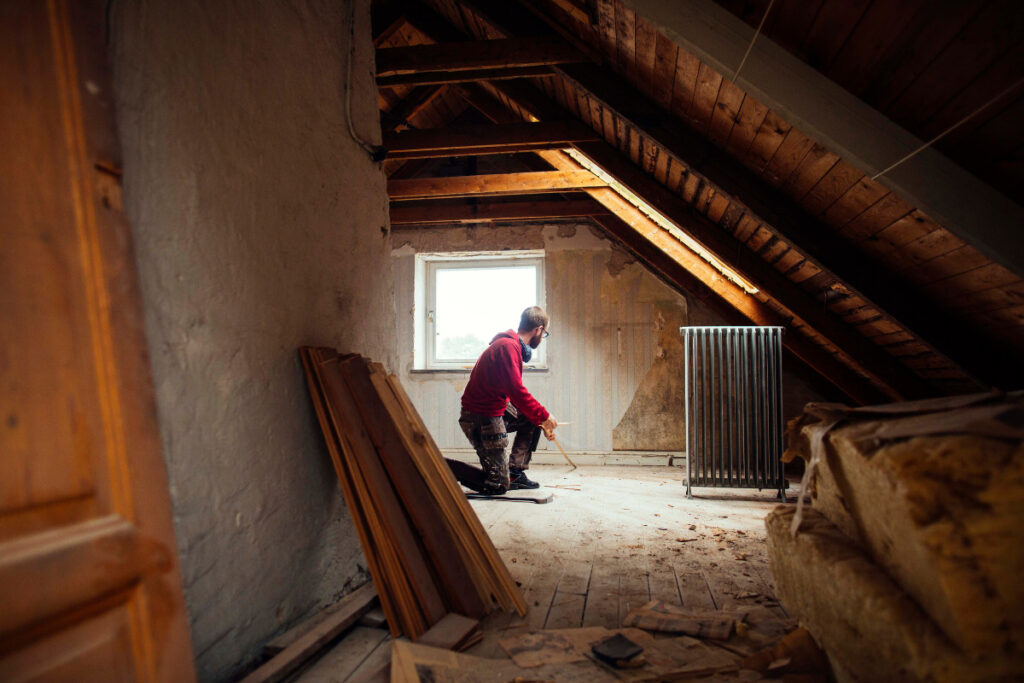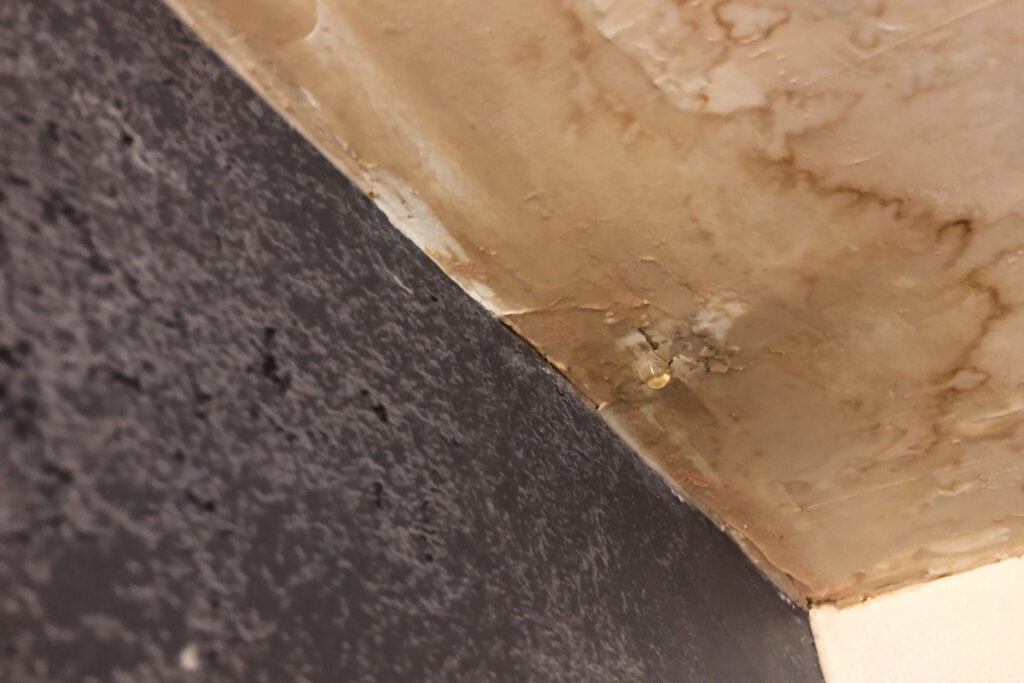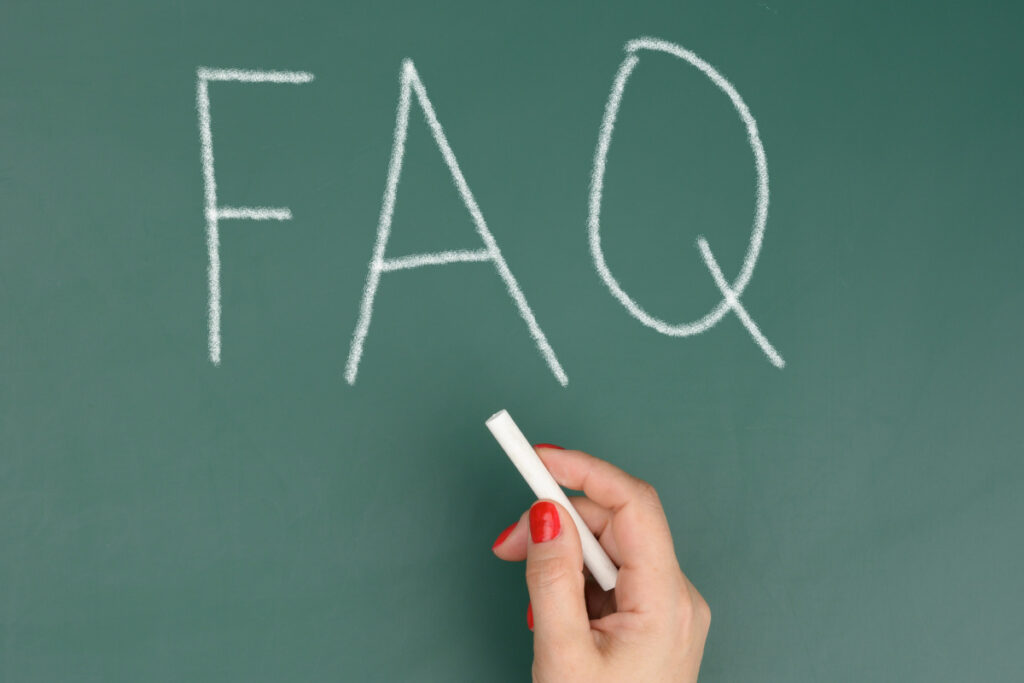Introduction
Roof inspection and maintenance is an essential aspect of homeownership that often goes overlooked. A well-maintained roof protects your home from potential hazards and saves you money on pricey repairs in the long run.
In this blog, we have compiled a comprehensive roof inspection checklist to help you spot early warning signs and avoid costly damages.
| Key Takeaways |
|---|
| Regular roof inspections are essential in prolonging a roof's lifespan, detecting early problem signs such as leaks, and preventing expensive repairs or even complete replacement. |
| The complete roof inspection checklist entails an exterior, interior, and structural inspection and tips for inspections after extreme weather conditions. It includes common warning signs to look out for and advice on DIY inspections while prioritizing safety. |
| Warning signs like water damage or leaks, sagging or uneven roofs, missing or cracked shingles, clogged gutters or downspouts, and debris accumulation on the roof can indicate potential problems that require immediate attention. |
| Prioritizing regular roof maintenance protects your home from potential hazards and saves you money on pricey repairs in the long run. |
The Importance Of Regular Roof Inspections
Regular inspections prolong a roof’s lifespan and detect early problem signs like leaks. They prevent expensive repairs or replacement.
Prolong Roof Lifespan
Regular roof inspections play a crucial role in prolonging the lifespan of your roof. By promptly catching and addressing issues promptly, you can prevent minor damage from escalating into significant problems that may require costly repairs or even a complete roof replacement.
For example, consider a residential home with asphalt shingles as its roofing material. According to industry standards, these shingles should last around 20-30 years when maintained properly.
Without regular inspections and maintenance, this lifespan could be drastically shortened due to gradual deterioration from exposure to harsh weather conditions or undetected leaks causing water damage within the structure.
Early Detection Of Problems
Regular roof inspections are essential for the early detection of problems. By spotting issues early, homeowners can prevent costly repairs and prolong the lifespan of their roofs.
For instance, water damage or leaks may not be noticeable from the ground level but could lead to severe structural damage if left unaddressed.
By conducting a thorough inspection as part of routine maintenance, homeowners can identify problems before they escalate into more significant issues that require expensive repair work.
Ignoring warning signs could cause further damage to a home’s interior structures and possessions, resulting in even costlier repairs.
Prevention Of Expensive Repairs
Regular roof inspections can help prevent costly repairs down the line. By identifying early warning signs of damage, homeowners can address issues before they escalate into more extensive and expensive problems.
Additionally, inspecting gutters and downspouts regularly can prevent clogs that may lead to water backing up under the roofing material and causing rot or other damage.
These quick fixes not only save homeowners money in repair costs but also prolong the lifespan of their roofs.
Enhanced Safety For Occupants
Regular roof inspections help prolong your roof’s lifespan and enhance the safety of the occupants in your home or commercial building. A damaged or deteriorated roof can pose a significant risk to those who live or work under it.
For instance, water damage caused by a leaky roof can lead to mold growth and compromise indoor air quality.
Regular inspections allow you to detect potential hazards early on and take corrective action before they become severe. This ensures optimal protection for your property and its occupants while saving you from unexpected repair costs.
The Complete Roof Inspection Checklist
Discover the complete checklist for inspecting your roof, including exterior, interior, and structural inspections and tips for inspections after extreme weather conditions.
Exterior Inspection: Shingles, Flashing, Gutters, Chimneys, Etc.
During an exterior inspection of your roof, paying close attention to the shingles or tiles is important. Check for missing, broken, or loose pieces that need replacing.
Additionally, watch for signs of deterioration, such as curling edges or cracked surfaces. Flashing is also a crucial component to examine during this inspection stage.
Gutters are another area not to be overlooked during inspections; they should be clear of debris and aligned correctly with no sagging areas that could cause overflow problems.
Lastly, chimneys can pose additional hazards if not appropriately inspected and maintained regularly.
Interior Inspection: Attic, Ceilings, Insulation, Ventilation, Etc.
The interior inspection is as crucial as the exterior examination in detecting potential roof problems. Start by checking your attic for signs of water intrusion, mold growth, and adequate ventilation.
Next, inspect your ceilings for discoloration or stains, indicating a possible roof leak. Damaged insulation can also compromise energy efficiency and increase heating or cooling costs.
Proper ventilation can help regulate temperature fluctuations and prevent ice dams from forming during winter months. Ice dams form when the snow melts on a warm roof but refreezes at the eaves where temperatures are cooler.
Regular inspections of the attic, ceilings, insulation, and ventilation system will ensure optimal protection against weather conditions while enhancing energy efficiency in your home or commercial building.
Structural Inspection: Roof Deck, Trusses, Rafters, Etc.
During a complete roof inspection, inspecting the roof deck, trusses, rafters, and other structural components is crucial as they form the foundation of your roofing system.
Ensure that all fasteners are tight and rust-free. It’s essential to check for any signs of damage or wear and tear on these elements that could lead to costly repairs. Additionally, check for any visible rot or moisture damage in wooden components like the decking or rafters, as these can cause more extensive problems.
In commercial buildings with flat roofs, inspect the drainage systems to prevent water accumulation that may strain your roofing system. Checking metal flashings around penetrations such as chimneys, vents, and skylights is also important since they protect penetrations from moisture buildup, ensuring durability throughout harsh weather conditions.
Inspection After Extreme Weather Conditions
After extreme weather conditions like hurricanes, hailstorms, and heavy snowfall, inspecting your roof for any damage is crucial. Inspecting after these events can help identify early warning signs of roof leakage or damage that may need immediate attention.
For example, a hailstorm can cause dents and cracks in shingles or tiles that are not visible from the ground but can lead to water infiltration later. Snow buildup on the roof can also cause weight strain on the structure leading to structural damage if not addressed immediately.
According to studies by the National Roofing Contractors Association (NRCA), most roofs last around 20 years with proper maintenance and regular inspection; however, severe weather conditions can shorten their lifespan significantly if left undetected.
Common Warning Signs To Look Out For
Look out for warning signs such as water damage or leaks, sagging or uneven roofs, missing or cracked shingles, clogged gutters or downspouts, and debris accumulation on the roof, all of which can indicate potential problems.
Water Damage Or Leaks
During roof inspections, homeowners should watch for common warning signs: water damage and leaks. Water damage stems from damaged or missing shingles, clogged gutters, or poor insulation/ventilation.
It is essential to accurately identify the leak’s source, which may not always be visible on the surface. Homeowners can start by looking for any discoloration or stains on ceilings or walls that indicate water has penetrated through the roof.
They should also check if any moisture in their attics indicates an active leak from above. A roofing professional should carry out repairs if homeowners notice any significant signs of water damage, leaks, stains, or dampness inside their homes.
Sagging Or Uneven Roof
Sagging or uneven roofs are warning signs of significant structural damage that require immediate attention. A sagging roof is caused by weakened roofing materials, such as rotting wood, broken trusses, or inadequate support beams.
Ignoring the problem can lead to severe consequences such as collapsed roofs, water damage, and an unsafe living environment for occupants. Regular checks on your roof’s condition can help identify these problems early before they escalate into more costly repairs.
Missing Or Cracked Shingles
One of the most common warning signs to look out for during a roof inspection is missing or cracked shingles. Shingles can become damaged over time due to severe weather conditions, such as heavy rain, hailstorms, and wind gusts.
Cracks in shingles can also occur from natural wear and tear as they age.
It’s essential to monitor your home’s roofing materials and identify any damages that might require repair or replacement. Homeowners should regularly inspect their roofs visually for signs of missing or broken shingles by carefully examining each row of tiles or slates.
According to this article’s Complete Roof Inspection Checklist, it’s critical to replace any faulty shingles immediately before further damage occurs.
Clogged Gutters Or Downspouts
Clogged gutters or downspouts are common problems that can cause significant damage to your roof and the surrounding areas. When leaves, debris, and other objects accumulate in the gutter system, they can prevent water from flowing away from your home.
To avoid costly repairs resulting from clogged gutters or downspouts, including these items on your regular roof inspection checklist is essential. Ensure you schedule a thorough cleaning of your gutter system at least twice a year or more frequently if you live in an area with heavy rainfall or many trees.
Keeping your gutters clean will help prevent leaks and protect your roofing materials from rotting prematurely due to excess moisture.
Debris Accumulation
Debris accumulation on a roof can cause severe damage and compromise its integrity. It is crucial to regularly inspect the roof for any debris that may have accumulated, such as leaves, branches, or other foreign objects.
To avoid expensive repairs caused by debris accumulation, homeowners should prioritize cleaning their roofs regularly. For instance, after heavy storms or winds, it is vital to inspect the roof and clear any debris found.
In addition to regular cleaning of the gutters and surroundings near the roof itself —checking for shingles displaced due to strong wind blows by falling objects should also be part of your routine inspections.
Tips For DIY Roof Inspections
Use safety equipment and follow guidelines. Begin with a visual inspection from the ground, use a ladder to inspect up close, and take notes and photos for documentation when performing roof inspections.
Use Safety Equipment And Follow Safety Guidelines
When inspecting your roof, remember to prioritize safety above all else. Use appropriate safety equipment such as a sturdy ladder, slip-resistant shoes, and harnesses if necessary.
Follow guidelines for proper ladder placement and weight limit.
According to important facts from the article, falling from a height accounts for one-third of all construction-related fatalities in the United States.
Remember always to begin with a visual inspection from the ground before climbing onto your roof using a ladder that has been checked for stability.
By taking these crucial steps to ensure you’re safe while inspecting your roof, you can prevent accidents and detect any problems early enough before they become costly repair issues.
Begin With Visual Inspection From The Ground
Before making your way onto the roof, it’s essential, to begin with a visual inspection from the ground. Start by walking around your home and assessing the condition of your roof from every angle.
Look for any signs of damage or wear and tear, such as sagging areas or missing shingles.
During this initial inspection, consider any debris, leaves, or moss accumulation on the roof. These can all lead to clogged gutters and drainage issues that can cause water damage if left unchecked.
By taking these steps in your preliminary assessment before getting up close and personal with your roof, you’ll be better equipped to identify any warning signs of potential problems before they escalate into costly repairs.
Use A Ladder To Inspect Up Close
To get a closer look at the roof, it is essential to use a ladder for an up-close inspection. Make sure that you have someone to hold the base of the ladder while you climb so that it stays stable and secure.
During your close-up inspection, pay attention to any missing or damaged shingles, cracks in tiles, or rusty metal components. Check gutters and downspouts for debris accumulation or clogs that could lead to water damage and leaks.
Using a ladder for an up-close inspection of areas of concern on your roof, you can identify potential issues before they become major problems.
Take Notes And Photos For Documentation
To ensure you have a clear record of your roof’s condition, taking notes and photos during each inspection is essential. Jotting down any observations will help you track changes in the roof over time and identify potential issues early on.
You can use these notes and photos to create a comprehensive maintenance plan for your roof, saving you money in repairs or replacements. Additionally, this documentation can be helpful when dealing with insurance companies if you need to make a claim due to storm damage or unexpected leaks.
Conclusion: Prioritizing Roof Inspections For Optimal Protection And Cost Savings
In conclusion, regular roof inspections should be a top priority for homeowners and business owners alike. They prolong the lifespan of your roof and help detect problems early on before they become costly repairs.
Use our roof inspection checklist to prioritize safety and identify warning signs. Clear debris and check for leaks as preventative measures. Avoid future hazards that could lead to harm or expensive damage.
Contact DroneQuote for your roofing and solar needs
In summary, prioritizing regular roof inspections is crucial for protecting your property and saving costs in the long run.
To ensure that you have a reliable roofing partner, turn to DroneQuote. Our team provides honest feedback and accurate quotations for all your roofing and solar needs.
Contact us today to schedule your inspection and protect your investment!
FAQs
- What early warning signs indicate my roof needs an inspection?
Early warning signs of roofing problems include water stains on interior walls or ceilings, missing shingles or tiles on the roof’s surface, and sagging or uneven portions of the structure.
- How often should I perform a thorough inspection of my roof?
It is recommended to have your roof inspected at least once per year, ideally before or after the winter season, when heavy snowfalls can damage the integrity of roofing materials.
- Can I do a complete roof inspection or hire a professional?
Hire a certified roofing contractor with experience in inspections. They’ll spot and address issues promptly. Their checklist may save you money on future repairs.
- What maintenance tasks can prevent costly repairs to my home’s roof over time?
Regularly clean gutters and valleys to prevent debris buildup. Repair small leaks upon discovery. Keep trees trimmed away from structures. Perform visual inspections every few months for potential trouble spots, such as flashings around chimneys and vent pipes.






